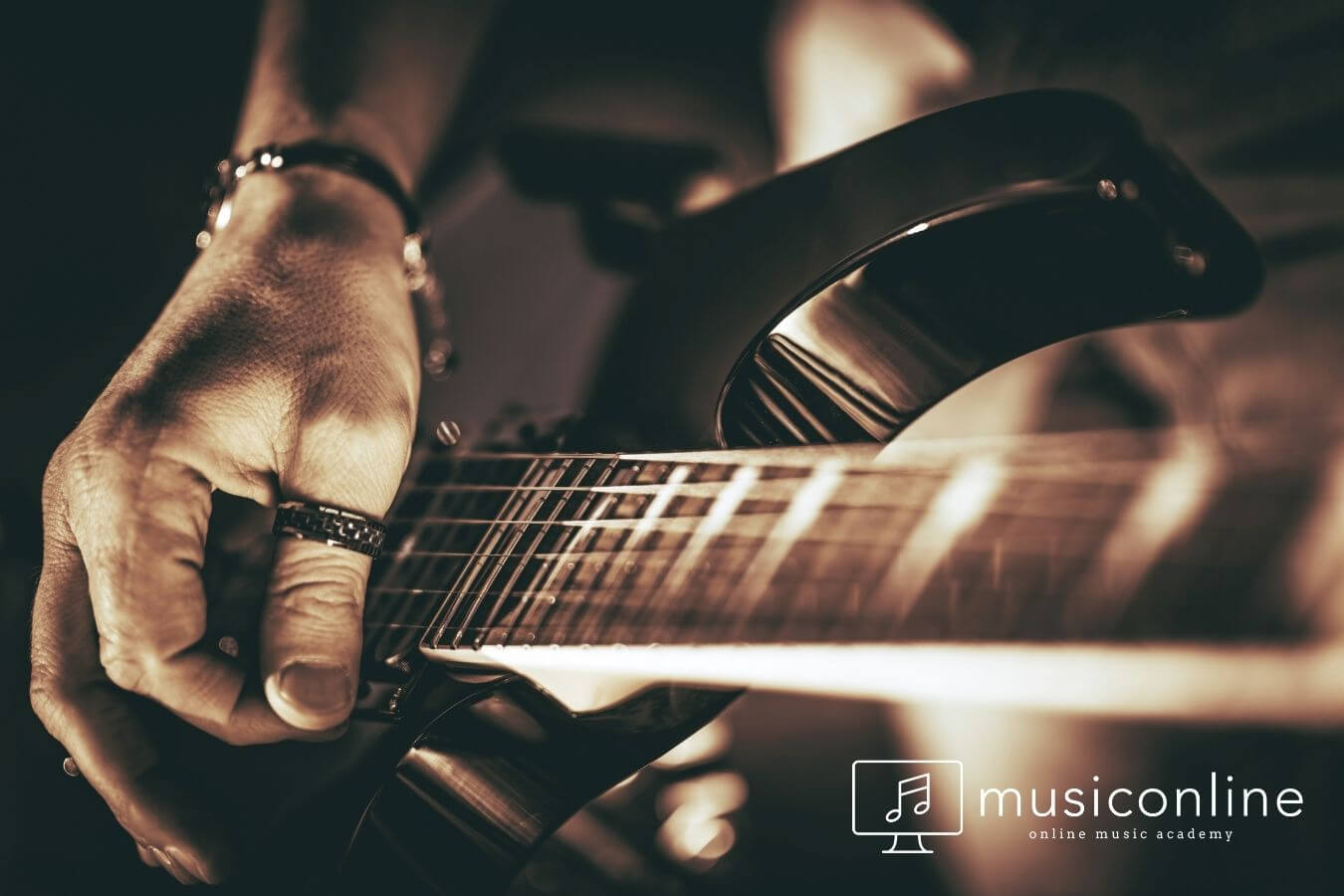musiconline blog
news about us & everything about music on our blog!
Stringed Musical Instruments
Stringed Musical Instruments (also known as "String Instruments") produce sound by the vibration of the strings placed on the handle. Conventional way of playing a string instrument is placing the right hand on the handle while controlling the strings with the left. The pressure applied on strings determine the character and velocity of the sound.
Almost every string instruments has a small part named 'nut'. One exception is to that is violin. That is why it is relatively harder to learn and play compared to other string instruments. Having a solid knowledge on solfege is a must to get the best out of your violin training.
Another important term to be well-understood for string instrument training is 'bow'. Having different names in different languages ('Arche' in Français, 'Bogen' in Deutsch) a typical bow has a hard material, with a slight curve having tiny and tense strings attached from both sides. The length of an arche generally varies between 70 and 75 centimeters.
The desired length of the bow changes depending on the musician's anatomy, strength and body proportion. Such decision is critical in music training and asking a professional instructor is the best way to make the right decision.
There are lots of string instruments and they are widely used in almost all genres. As musiconline , we picked the most popular ones for you and took a closer look at them.
-
- Violin
With its lively harmonics and magical sound, it is fair to say that violin is the most popular string instruments. Sound characteristics of violin is the closest to human voice, which probably what makes it the all-star of classical music instruments.
A conventional violin is simply a resonance box with four strings placed on a long-ish fingerboard. Violins differ from each other in terms of size, but a violin generally is not any longer than 38 centimeters. 70 sub-pieces are used in assembly stage which are designed according to acoustics and tiny calculations.
Violin is highly complex and requires a delicate focus approach. One must be surely be determined and consistent to master the violin. A professional guide is a must in this process.
-
- Viyola
Yapısı itibariyle kemana çok benzer. Hatta kemanın büyüğü olarak da adlandırılabilir. Parmak ve arşe tekniği, pozisyonlar ve değişik ses renklerini elde etme yöntemleri kemandan farksızdır. Gövde uzunluğu genellikle 41–45 cm’dir. Notaları üçüncü çizgi ‘do’ anahtarıyla yazılır. İnce seslerde ‘sol’ anahtarı kullanılır. Yapı olarak kemandan pek farkı bulunmayan viyolanın da dört teli vardır ve tam beşli aralıklarla (Do, Sol, Re, La) akort edilir.
-
- Cello
Strings of cello is one octave down compared to viola. The main difference of cello from other string instruments is that it should be played with a state of sitting. It is also played with a specific technique called Pizzicato, to produce fuller tunes compared to violin and viola.
Similar to other string instruments, cello has four strings placed on its fingerboard. It can be both played as a solo instrument and as a part of a group. Musical notation for cello is written in Fa key. However, if higher octaves are going to be played, Do or Sol keys are used.
-
- Contrabass
Contrabass is the largest of all string instruments and excels best in lower frequencies. Having a similar playing technique is similar to cello, contrabass can be played both in states of standing and sitting.
One technical difference of contrabass compared to other string instruments is, its strings differs five tones from each other. Whereas other string instruments' strings have four tones between. The pegbox of contrabass is also different due to its mechanical structure.


